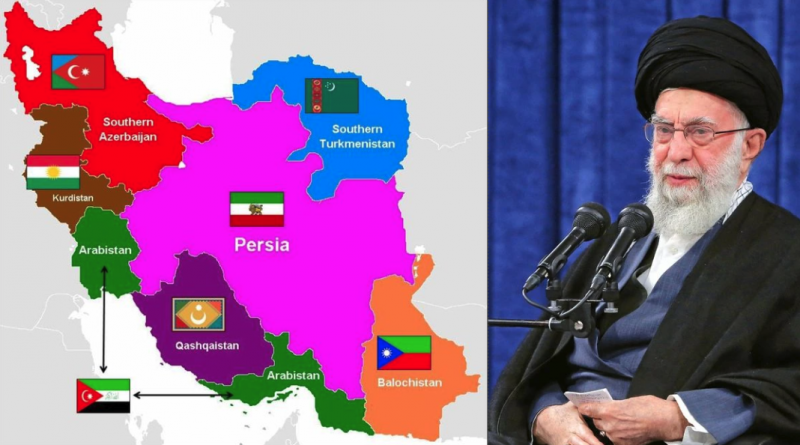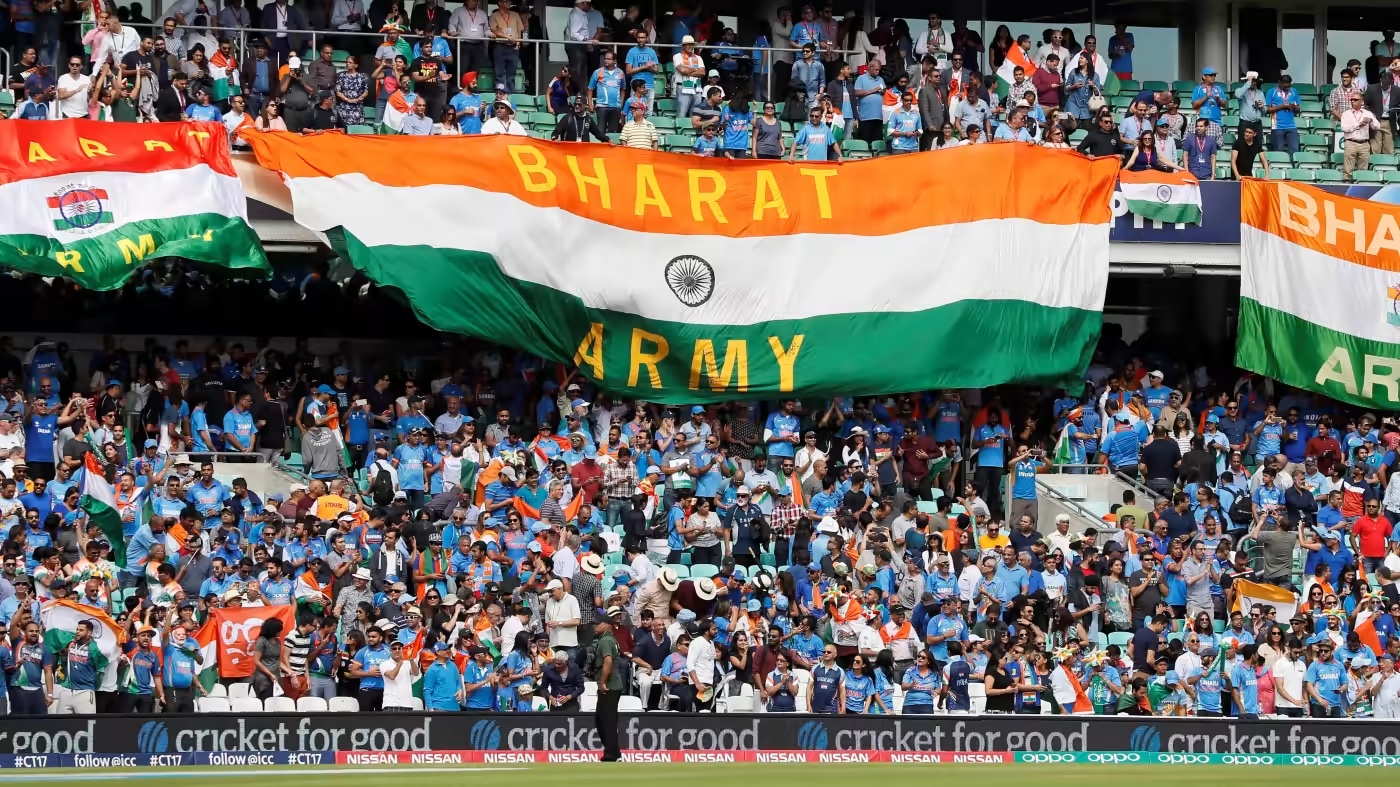Occupied Iran: Mullahs Rule Far Beyond Persia’s True Borders
Isfahan — The image circulating across digital platforms—a bold, color-coded map—offers a deeply symbolic and provocative message: the historic land of Persia, shown in magenta at the heart of Iran, is now dwarfed by ethnically distinct territories identified as occupied regions. From Balochistan in the southeast to Southern Azerbaijan in the northwest, the map implies a fracturing mosaic beneath the surface of the Islamic Republic—one that starkly contradicts the regime’s narrative of unity and strength.
For the Mullah regime in Tehran, this is not merely a cartographic challenge—it is a political and existential one.
The Persian Core and Its Peripheral Realities
The central region marked “Persia” reflects the ethnolinguistic homeland of the Persian people, who form the administrative and cultural elite of the Islamic Republic. However, the peripheries—highlighted with distinct flags and names like Kurdistan, Arabistan (Khuzestan), Southern Azerbaijan, Qashqaistan, and Balochistan—represent longstanding non-Persian ethnic populations whose aspirations for autonomy have long been suppressed.
This map raises a critical point: the original Persia—historically rooted in regions such as Fars, Isfahan, Yazd, and Tehran—is not the entire Iranian state. Rather, it is a core surrounded by restive, marginalized regions under what many argue is occupation cloaked as national unity.
Tehran’s Iron Grip: National Unity or Imperial Control?
The current regime, dominated by Persian Shiite clerics, claims legitimacy over all of Iran’s territories under the banner of Islamic governance. But the coercive tools it uses—repression, language homogenization, economic centralization, and religious conformity—speak more to occupation than integration.
In provinces like Khuzestan, or “Arabistan” as labeled in the map, the Arab population faces disproportionate poverty, pollution, and suppression of cultural identity. In Balochistan, frequent clashes with security forces and executions point to a state of constant militarization. Meanwhile, Kurdish regions and Azeri-populated areas are regularly subjected to mass arrests of political activists, linguistic bans, and accusations of separatism for any cultural expression.
This is not national cohesion—it is a patchwork of occupied identities, stitched together by force rather than consent.
Historical Persia vs. The Islamic Republic’s Expansionism
It is deeply ironic that while the Mullah regime justifies its regional interventions—in Syria, Iraq, Yemen, and Lebanon—as “defending the ummah,” it cannot acknowledge its internal colonization. The map suggests that the Islamic Republic’s ideology has shrunken historic Persia into a narrow ethnic enclave, even as it claims to act as a pan-Islamic force beyond its borders.
Whereas ancient Persia thrived through coexistence and civilizational outreach, the present regime has become synonymous with sectarian hegemony and cultural repression. The difference is not just in territory, but in vision.
The Rising Risks of Ethnic Backlash
The regime’s refusal to grant genuine cultural or administrative autonomy to its diverse populations is increasingly unsustainable. As economic hardship intensifies and national identity fractures further, Tehran’s internal front is becoming as volatile as its external ones.
The visible discontent in Sistan-Balochistan, uprisings in Kurdish towns, and Arab protests in Khuzestan signal that these “peripheral” regions are no longer silent. The regime may dismiss these sentiments as foreign-instigated plots, but the roots lie in decades of structural marginalization.
The more Tehran tries to impose Persian-Shiite uniformity, the more it risks accelerating the very fragmentation it fears.
A Map as a Mirror
This map is more than a provocation—it is a mirror. It reflects the uncomfortable truth that the Islamic Republic’s project is not a continuation of Persian greatness, but a betrayal of it. By substituting ideology for identity, and repression for representation, the regime has alienated the very mosaic that once gave Persia its strength.
In the long run, if Iran is to survive as a cohesive nation-state, it must come to terms with its internal diversity. That means recognizing that true unity cannot be built on denial, occupation, or force. Instead of fearing autonomy and plurality, Tehran must embrace it.
Until then, maps like this will not just be symbols—they will be warnings.


